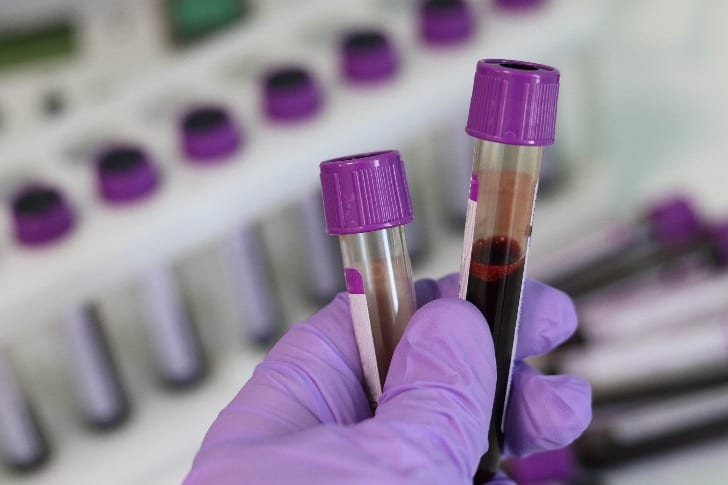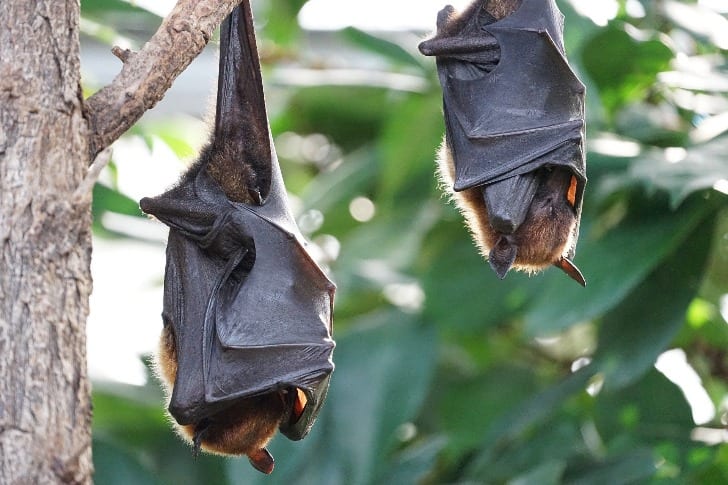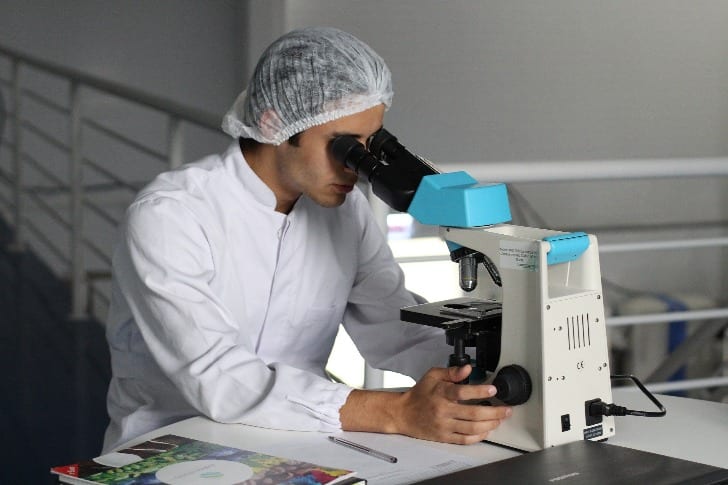Nadia, a Malayan tiger, housed in New York’s Bronx Zoo, started coughing during the last week of March 2020. The officials who noticed that she was not finishing her daily quota of meat, decided to consult Paul Calle, the head veterinarian.
Tests

Belova59/Pixabay: Multiple Tests Were Conducted On the Malayan Tiger
The team tranquilized and gave anesthesia to Nadia and put her through a series of tests. It was necessary to get her checked for various respiratory diseases with the help of X-rays, ultrasounds, and blood samples. Most importantly, the feline was tested for COVID-19, as New York was one of the hotspots.
By April, it was confirmed that Nadia had been affected by the SARS-CoV-2. The situation worsened when three more tigers and a few lions showed similar symptoms. Unfortunately, all the results came out to be positive.
It is believed that an asymptomatic worker in the zoo probably contaminated the vicinity of the animals.
Origins

Salmar/Pixabay: Bats Are Believed to Be the First Animal to Have Caught COVID-19
This is not the first time a contagious disease has hopped between humans and animals. Some evidence suggests that the virus manifested likely in bats, and subsequently moved to a pangolin –a mammal looking like an anteater with scales.
The first humans affected by it are believed to have caught it at Wuhan’s animal market. Across the world, over 75 percent of the newer transmissible diseases are ‘zoonotic’– they can spread from animals to people. Experts in the field have fired a warning that there are over a million undiscovered viruses, and some could pose a real threat to human life.
Our pets could also end up being a part of this transmission cycle. Back in 2003, exotic rodents that were petted by many were considered as the possible source of the monkeypox outbreak.
In similar news, the CDC posted a confirmation that a pug from North Carolina and two pet felines located in New York tested positive for the recent Coronavirus. In light of this link between other beings and humans concerning COVID-19, many are trying to ban the animal markets in China.
Efforts

luvqs/Pixabay: Monitoring Animals Closely Can Give Us a Heads-Up
Scientists are advocating more studies in the field of animal health to help us understand future outbreaks. For instance, further animal surveillance can identify new diseases beforehand and prevent them from being transferred to humans.
Existing techniques for keeping a check on outbreaks in cattle and livestock, like randomized surveillance, can also fuel the efforts to limit the spread.
Road Ahead
Even after being acknowledged as a useful area of study, animal health science has been overshadowed by human medicine for long. Veterinarians, biologists dealing with wildlife, cattle farmers, and zookeepers continue to remain an untapped resource for fighting diseases that frighten us the most.
Jon Epstein, a veterinarian and disease expert at New York’s EcoHealth Alliance, claims that there is a significant divide between such disciplines, and we are yet to remove the barriers.
Experts have been trying to bridge the gap, but progress in getting the administration to comprehend the connection between human and animal health has been slow. Joe Annelli, a vice president at the National Association of Federal Veterinarians and an ex-USDA member, says that we should aim to nip in the bud by identifying diseases prevailing in animals.




